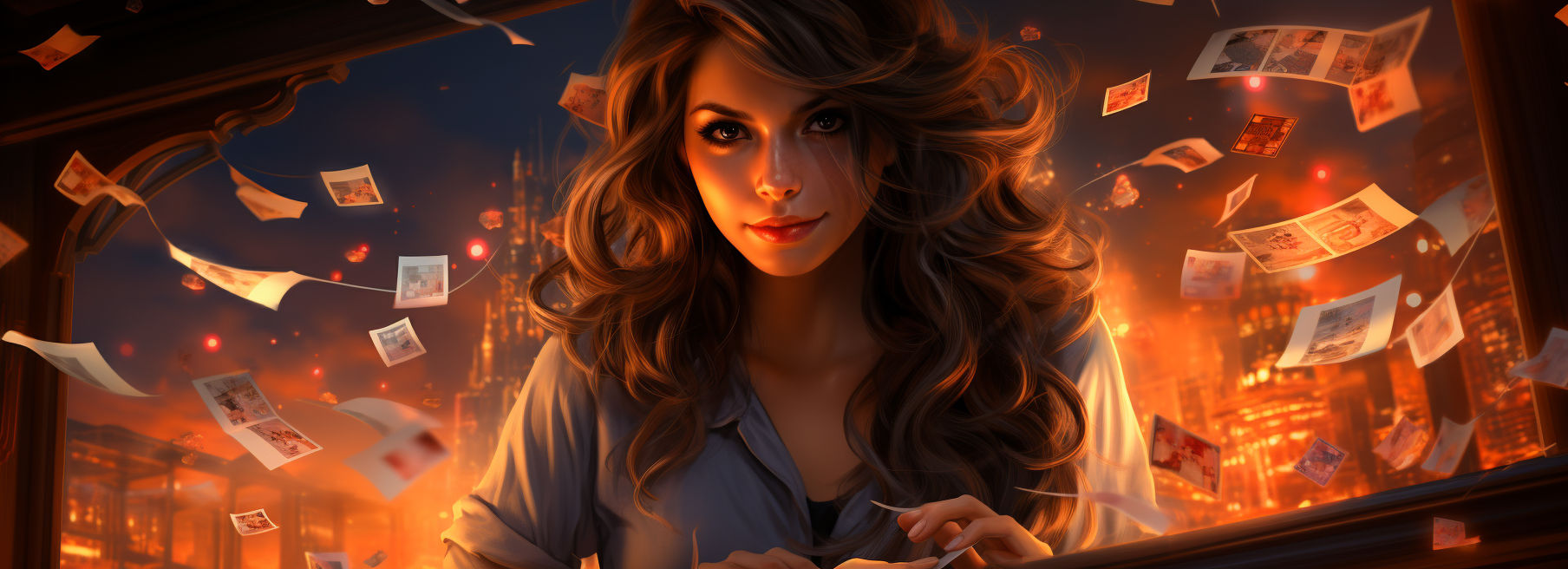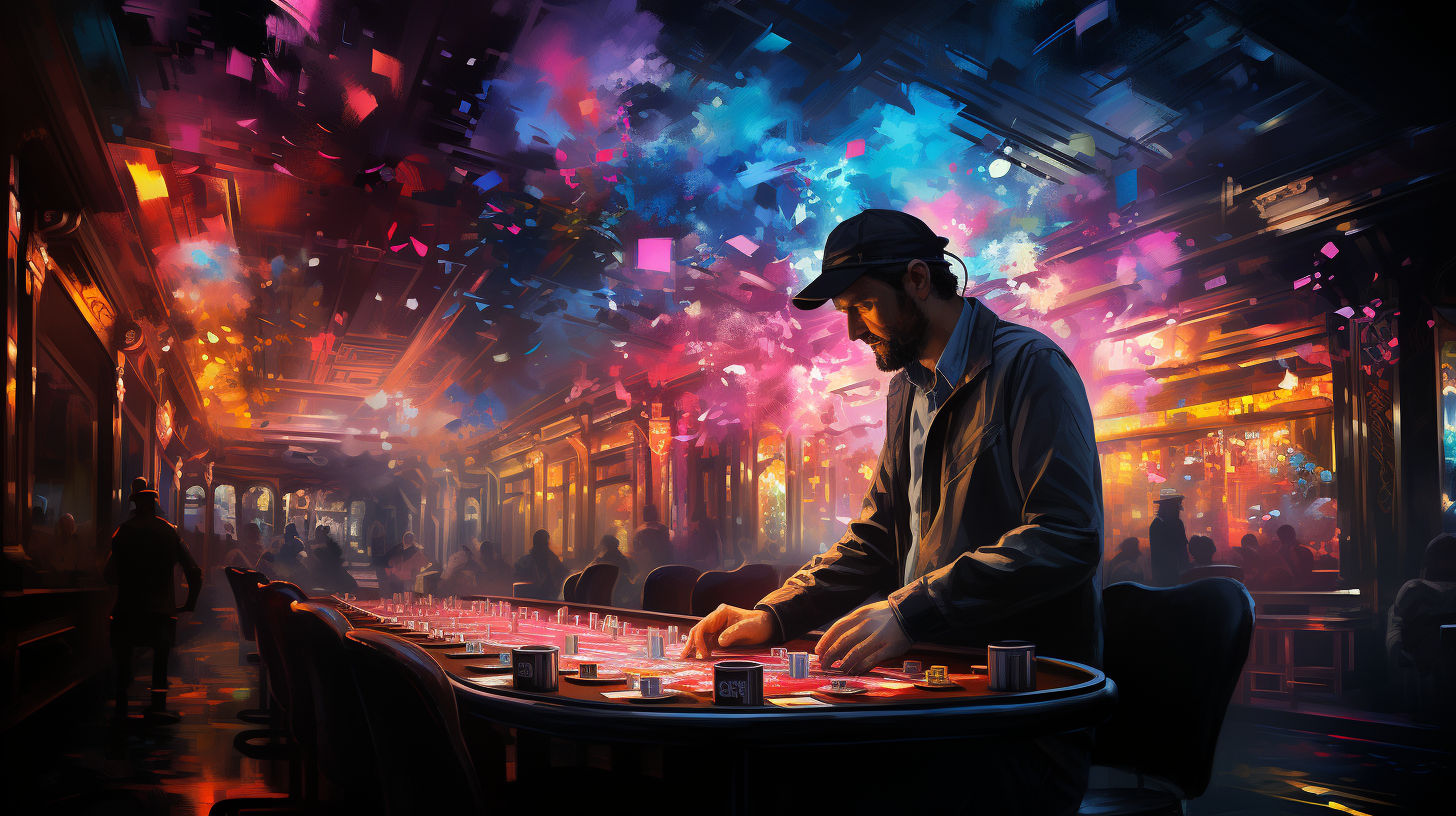
Gambling, a pastime that has enthralled societies for centuries, holds an intriguing place in the annals of ancient Roman culture. Its influence permeated various aspects of Roman life, including their art. This article explores the impact of gambling wall art on ancient Romans, delving into the nuances of this intriguing symbiosis.
The Role of Gambling in Roman Society
Before we delve into the artistic aspect, it’s essential to understand the significant role that gambling played in Roman society. Gambling was not merely a leisure activity but deeply intertwined with social dynamics and cultural practices. It was a common sight in bustling taverns, where Romans would gather to test their luck and engage in spirited competition. Additionally, gambling was a prominent feature of private parties, adding an element of excitement and entertainment to these exclusive gatherings. The allure of games of chance extended beyond these intimate settings and permeated even the grandest of festivals, where lively gambling sessions would take place, further enhancing the festive atmosphere.
Despite the Roman law forbidding gambling except during the Saturnalia, a celebrated festival in December, the fascination with games of chance persisted across all strata of society. From the aristocracy to the common folk, the thrill of risking one’s fortune in the pursuit of riches or simple amusement captivated the hearts and minds of Romans throughout the ages.
Ancient Roman Wall Art Gambling: A Reflection of Life

The Roman penchant for gambling found its expression in their wall art. These frescoes and mosaics were not just decorative elements; they were snapshots of Roman life, capturing the zeitgeist of the era. Wall art gambling scenes were common, reflecting the societal acceptance and prevalence of these games.
In these depictions, you could see Romans engrossed in dice games or betting on animal races. Sometimes, these scenes were set in bustling taverns, with musicians playing in the background. At other times, they depicted more affluent settings, perhaps indicating the gambling habits of wealthier Romans.
Symbolism in Wall Art Gambling
The influence of gambling on Roman wall art extended beyond mere representation. It also found expression in the symbols and motifs used in these artworks. Dice, a universal symbol of chance and uncertainty, was frequently featured. Fortuna, the goddess of luck and fortune of Romans, was another typical figure, often depicted turning the Wheel of Fortune.
These symbols served dual purposes. On the one hand, they underlined the elements of luck and fate inherent in gambling. On the other, they subtly reflected the Roman philosophy of life, where fortune could uplift or dethrone a person.
Conclusion: A Cultural Insight
The influence of gambling on ancient Roman wall art provides valuable insights into the social fabric of the time. The frequent depictions of gambling scenes underscore its acceptance as a societal norm, despite existing laws against it. These scenes also shed light on the daily life, leisure activities, and even philosophical beliefs of the Romans.
In essence, these wall art gambling scenes are more than just artistic expressions; they serve as historical documents that offer a glimpse into an era long past. They remind us that despite the changes over centuries, certain human tendencies – the thrill of a gamble, the hope for favor from Lady Luck – remain timeless.





